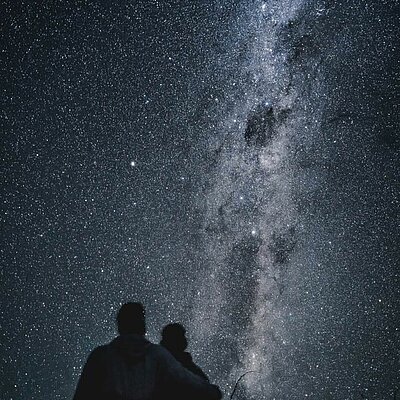The downside of the light
Light pollution

The media has been reporting for quite some time on the undesirable side effects of artificial light at night, which is also known as light pollution. The light pollution is increasing by about 6% annually, more and more light is wasted during the night. In cities stars are barely visible anymore and even in rural areas the starry skies disappear more and more.
The impact
The consequences of increasing light pollution’s especially alarming for the future and the ecosystem. Artificial light during the night changes the natural habitats of the animals strongly and disturb their survival niche dramatically. It affects animals that are active during the day just as much as nocturnal animals.
Impact on humans
The light pollution also has consequences for humans. The alternation of day and night is the natural timer. Many psychological processes, such as for the regeneration of cells and the entire sleep-wake cycle are controlled by light. All cells have their own rhythm but they must know whether it is day or night. This signal remains silent if it is too bright at night. Health problems can be the consequences.
Avoiding light pollution?
Light pollution, an undesirable consequence of artificial light usage at night results partly from misguided light, strong illumination, or through wrong positioning of lamps. Each and everyone of us can help reduce the artificial illumination during the night. Be it through the correct positioning of lamps, through the use of motion sensors and by using light bulbs with little or no blue component. It is important that the light is deflected towards the ground, the bulbs are fully shielded, and that we don’t waste light in everyday life.

